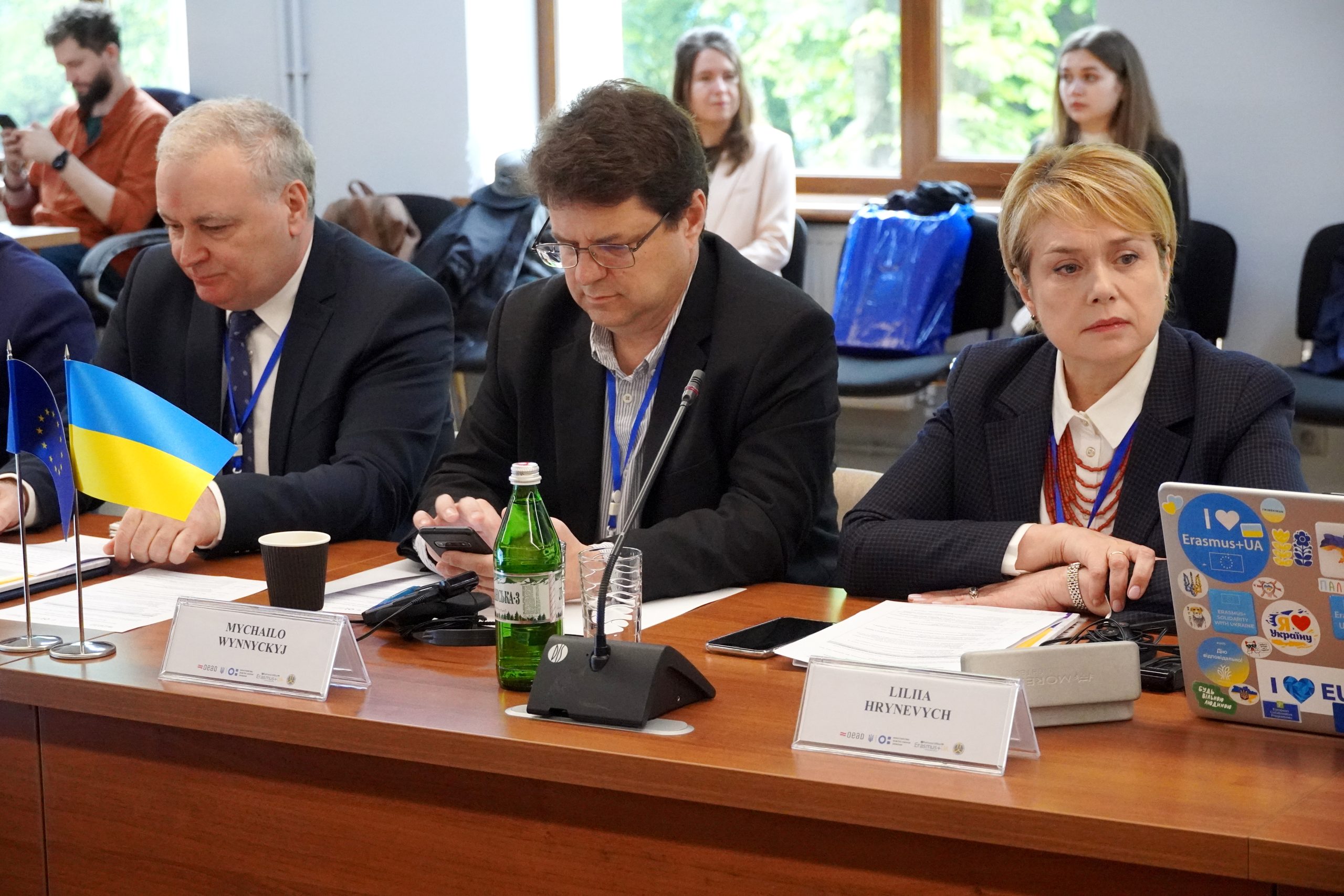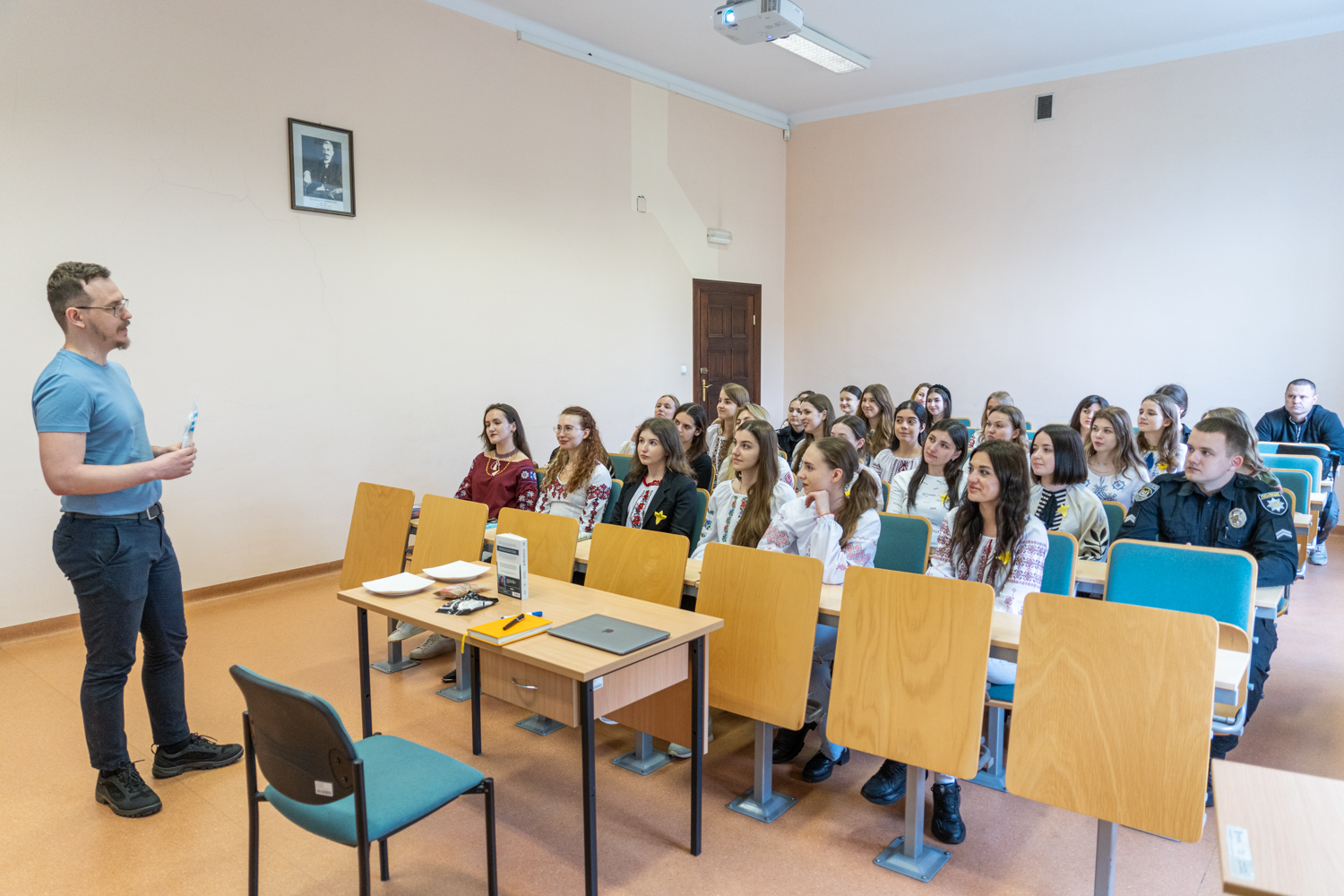
April 16, 2024
Uzhhorod National University (Uzhhorod, Ukraine)
On April 16, Uzhhorod National University hosted a high-level meeting of representatives of education and science from Ukraine and the Republic of Austria to discuss the prospects for the development of international cooperation in higher education in general and strengthening cooperation between Ukrainian and Austrian universities in particular. The participants included representatives of the Embassy of the Republic of Austria in Ukraine and leading universities of both countries. Borys Grinchenko Kyiv Metropolitan University was represented by the First Vice-Rector Liliia Hrynevych.
Read more: Prospects for developing cooperation in higher education between Ukraine and Austria



 On the 14th – 17th 2011 in Malmo, Sweden, the General Assembly of European Association for the Education of Adults (EAEA) approved the application form of Borys Grinchenko Kyiv University as an Associate Member of EAEA.
On the 14th – 17th 2011 in Malmo, Sweden, the General Assembly of European Association for the Education of Adults (EAEA) approved the application form of Borys Grinchenko Kyiv University as an Associate Member of EAEA.